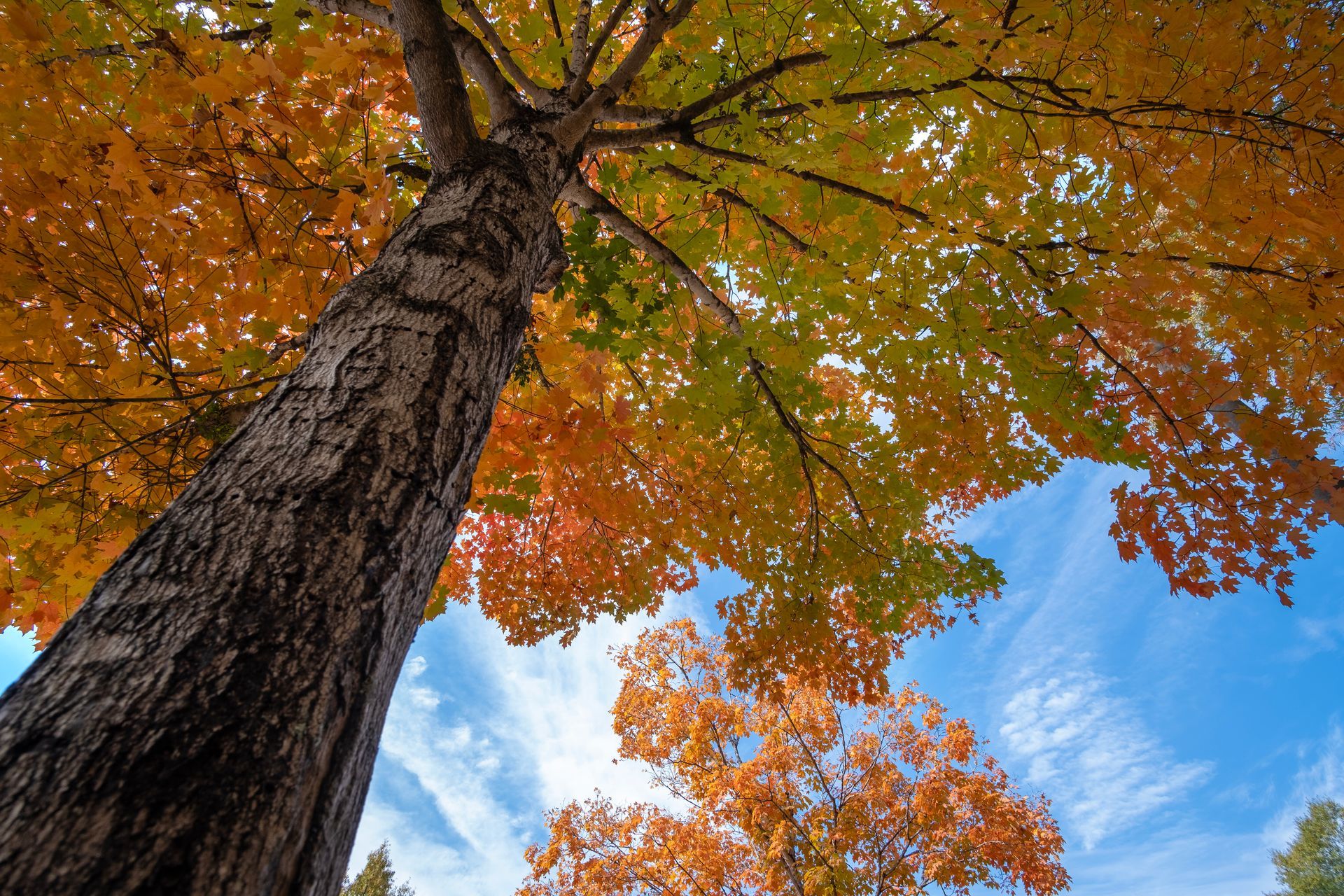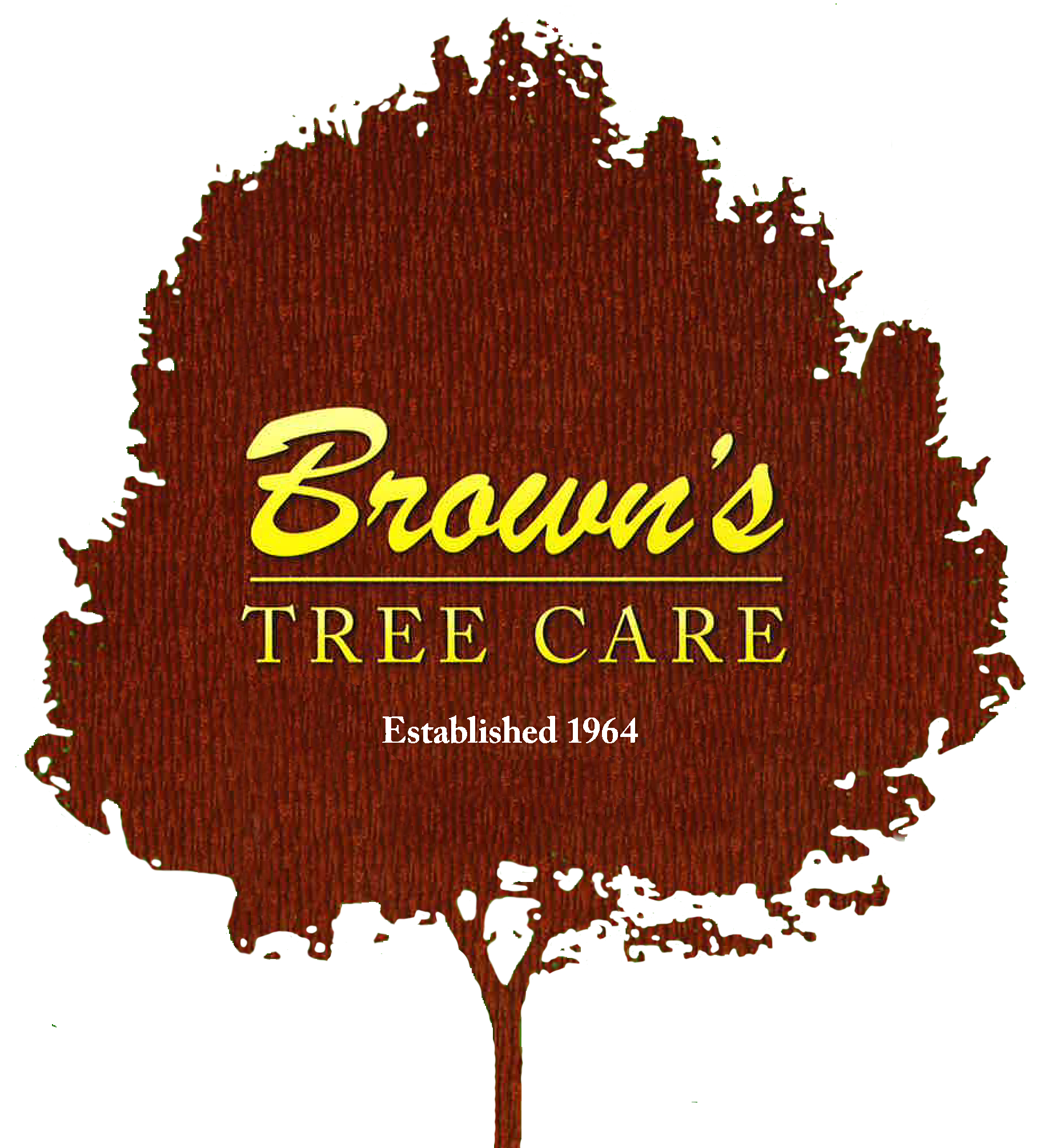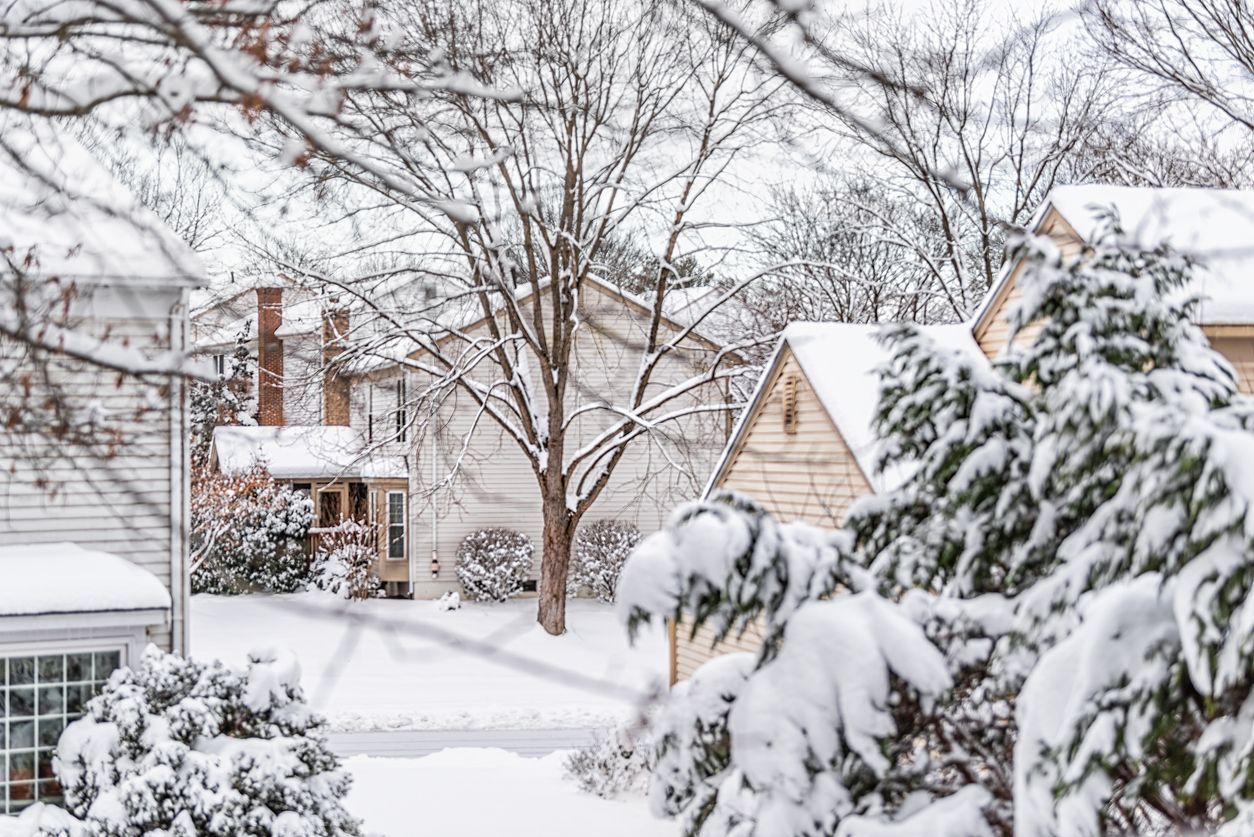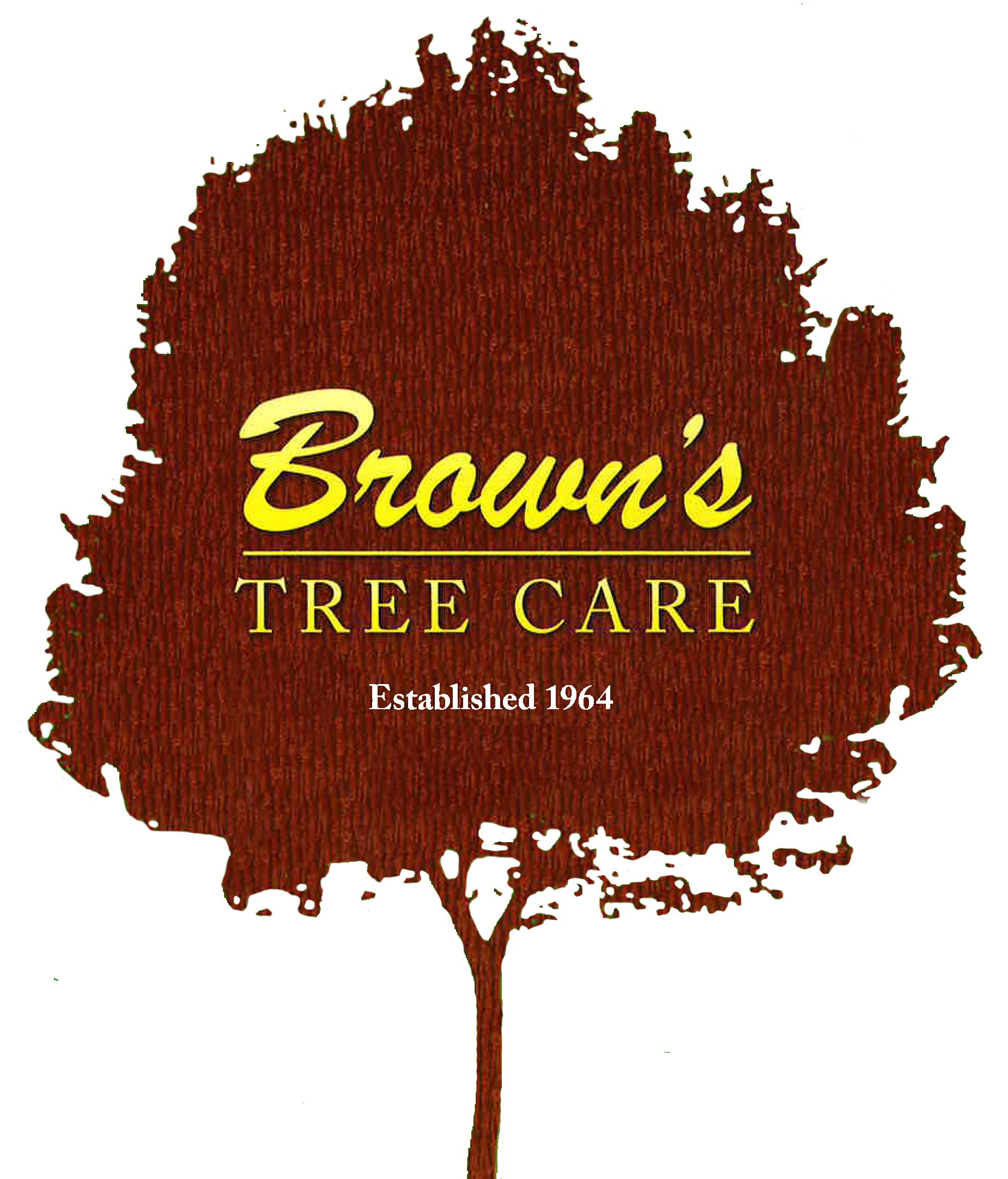The Storm May Be Over, But the Threat Remains
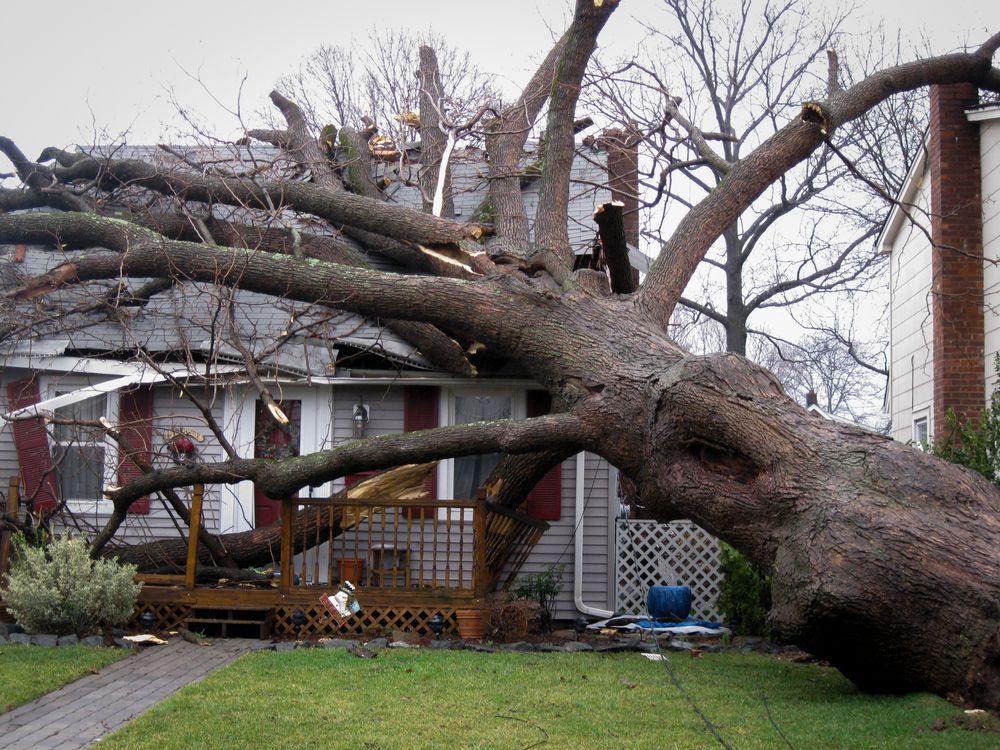
The roar of the tornado may have faded, but the potential dangers lurking in your yard are far from over. Damaged trees, weakened branches, and uprooted giants pose serious threats to your property and loved ones.
At Brown’s Tree Care, we understand the urgency of the situation. While the immediate crisis has passed, the aftermath requires careful attention. Trees, once steadfast guardians, can now become hazardous liabilities.
What to Look For:
- Damaged Branches: Even seemingly minor damage can weaken a branch, making it susceptible to falling.
- Leaning Trees: Trees tilting at an unusual angle are at risk of toppling.
- Cracked or Split Trunks: These are signs of severe structural damage.
- Root Exposure: Visible roots can indicate instability.
Preventative Measures: Don't wait for disaster to strike. Take proactive steps to protect your property:
- Professional Assessment: Let our experienced arborists inspect your trees for hidden damage.
- Pruning: Remove dead, dying, or diseased branches to reduce the risk of breakage.
- Bracing and Cabling: Support weak branches or trees with cables or braces.
- Removal: If a tree is severely damaged and poses a significant threat, removal may be necessary.
Remember, safety should be your top priority. Don't attempt to climb or work on damaged trees yourself. Trust the experts at Brown’s Tree Care to handle the situation safely and efficiently.
Call us today at 479-273-0202 for a free estimate. Our team is ready to help you restore peace of mind to your property.
